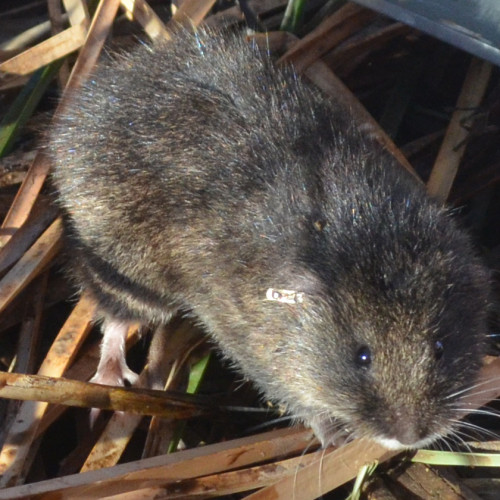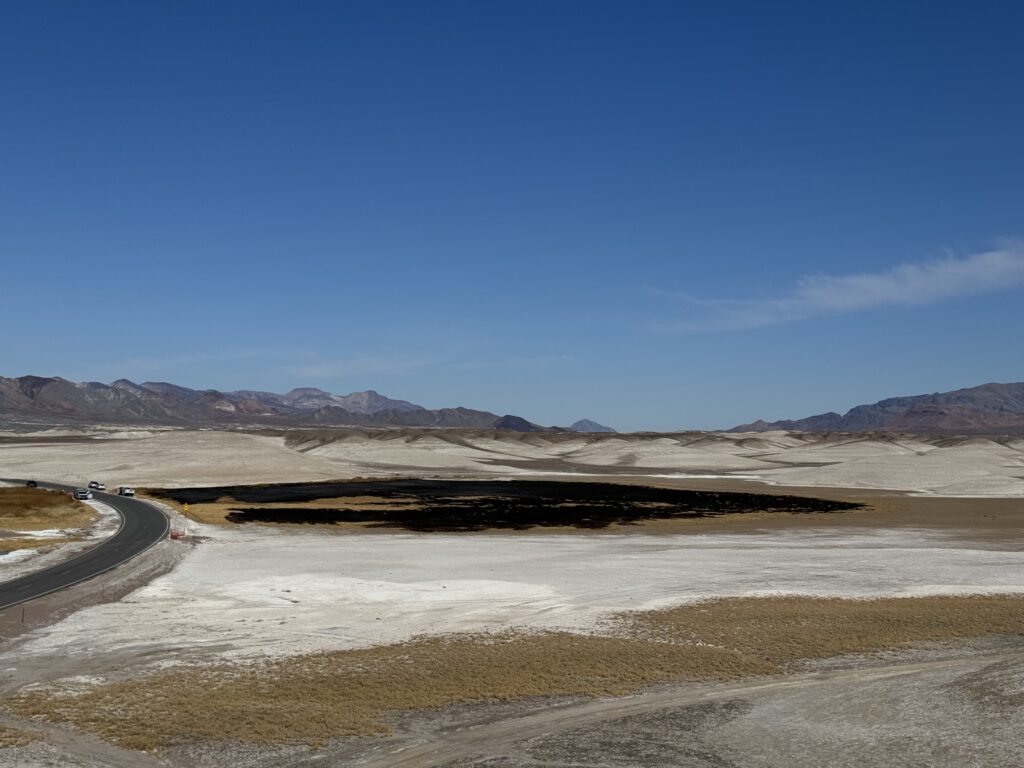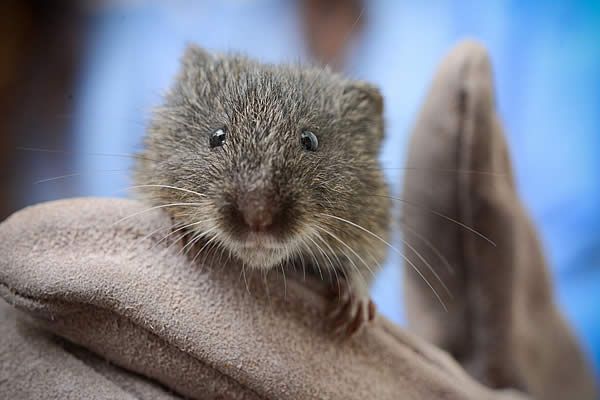In a legal battle aimed at protecting one of North America’s most endangered mammals, the Center for Biological Diversity (CBD) filed a lawsuit in 2022 against the U.S. Bureau of Land Management (BLM) for failing to take necessary action to protect the Amargosa vole and its critical habitat at Borehole Spring in the Mojave Desert. The lawsuit, filed in the U.S. District Court for the Central District of California, alleges that BLM has neglected its duty under the Endangered Species Act (ESA) by allowing unchecked recreational use of Borehole Spring, a crucial habitat for the vole.
In light of the recent wildfire at Borehole Spring, Patrick Donnelly, Great Basin Director at CBD said, “I’ve been warning BLM this would happen for a decade, and it was why we sued them over their mismanagement of Borehole…that lawsuit is in abeyance because they promised they would put interim measures in place to protect the area, which they did not do.”
Despite being cautioned away due to the fire investigation, visitors continue to soak in the spring unchecked.
While CBD does not want to see the Borehole closed for recreational use in the long term, they do want BLM to put in place a common sense management plan for the spring that follows existing laws to protect the vole and its habitat from overuse. Even a simple vault toilet and fire prevention signage could go a long way.
According to Donnelly, the deadline for BLM to formalize a management plan to protect the habitat was previously extended from December 31, 2024 to September 30, 2025. The fire broke out on the night of February 11, 2025 and is still under investigation.
The Amargosa Vole: A Species on the Brink

The Amargosa vole is one of the most critically endangered mammals in the world, with only a few hundred individuals remaining in the wild. The species relies on the fragile wetland ecosystem of Borehole Spring, located near Tecopa, California. The vole’s survival is entirely dependent on the presence of stable wetland vegetation, which has been rapidly declining due to human activity.
Recent studies warn that without significant intervention, the Amargosa vole faces a high chance of extinction. This risk is exacerbated by increased recreational use of Borehole Spring, where visitors have trampled vegetation, camped illegally, and disturbed the delicate ecosystem that supports the vole.
The Lawsuit: Holding BLM Accountable
The CBD argues that BLM has failed to comply with ESA requirements by neglecting to initiate consultation with the U.S. Fish and Wildlife Service (FWS) despite overwhelming evidence that recreational activities are severely harming the vole’s habitat. The lawsuit seeks a court order compelling BLM to implement measures to mitigate human impact on the species.
According to the complaint, BLM’s failure to regulate recreational activities has led to habitat degradation, pollution, and increased stress on the already fragile vole population. Reports indicate that visitors frequently bathe in the hot spring, bring off-leash dogs, remove mud from the waterbed, and leave human waste in the area due to the absence of sanitation facilities.
“For years, we have urged BLM to take action to protect this critically endangered species, yet they have done virtually nothing to address the increasing threats posed by human activity,” said Lisa Belenky, a senior attorney with CBD. “BLM’s inaction is not only reckless but also a clear violation of federal law.”
CBD argues that under the ESA, federal agencies must ensure that their actions do not jeopardize the survival of endangered species or destroy designated critical habitats. Since the increase in recreational activity constitutes new and significant information about the threats to the Amargosa vole, BLM is legally required to reinitiate consultation with FWS—a step it has so far failed to take.
Legal Precedents and Environmental Implications
Under the ESA, federal agencies are required to ensure that their actions do not jeopardize the existence of endangered species or destroy critical habitats. Agencies must also consult with FWS when new information emerges that could affect a species’ survival. The lawsuit argues that the explosion of recreational use at Borehole Spring constitutes significant new information that necessitates renewed consultation.
The outcome of this case could set an important precedent for federal land management, particularly in balancing conservation efforts with public land use. If successful, the lawsuit could force BLM to implement stricter regulations, including access restrictions and habitat restoration efforts, to ensure the survival of the Amargosa vole.
Looking Ahead: A Battle for Survival

While it is on hold for now, the lawsuit is a crucial step in the ongoing fight to protect the Amargosa vole and its newly charred habitat. Conservationists hope that pressure after the fire will push BLM to take immediate action, implementing protective measures such as visitor restrictions, habitat restoration, and enforcement of camping and pollution regulations.
“This is about more than just one species,” Belenky emphasized about the lawsuit. “It’s about holding our government accountable for protecting the wildlife and ecosystems that belong to all of us. If we allow bureaucratic inaction to drive the Amargosa vole to extinction, it sets a dangerous precedent for conservation nationwide.”
Whether the courts will compel BLM to act remains to be seen, but one thing is certain: without intervention, time is running out for this tiny desert survivor.
Vole Photos via Amargosa Conservancy


Leave a Reply